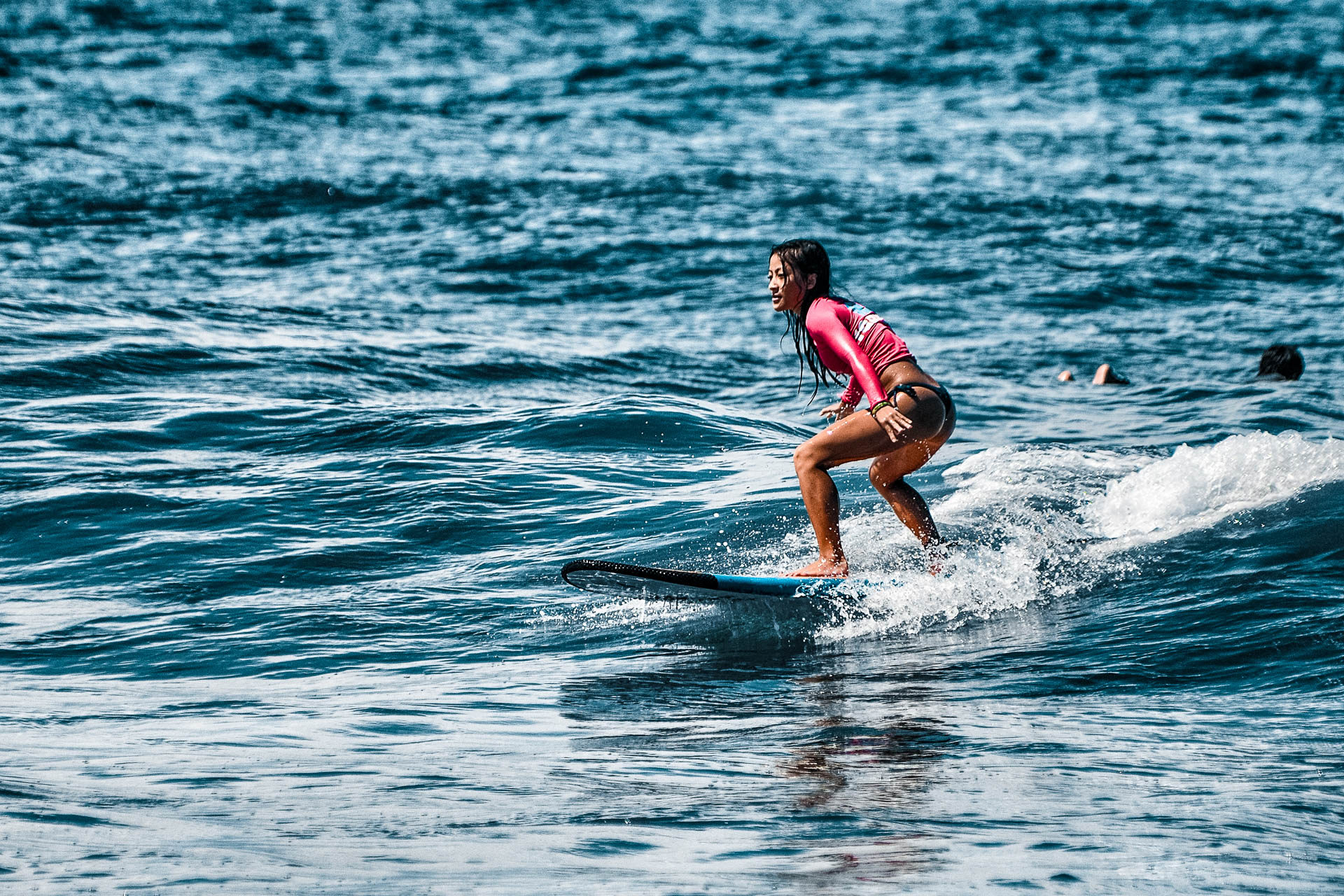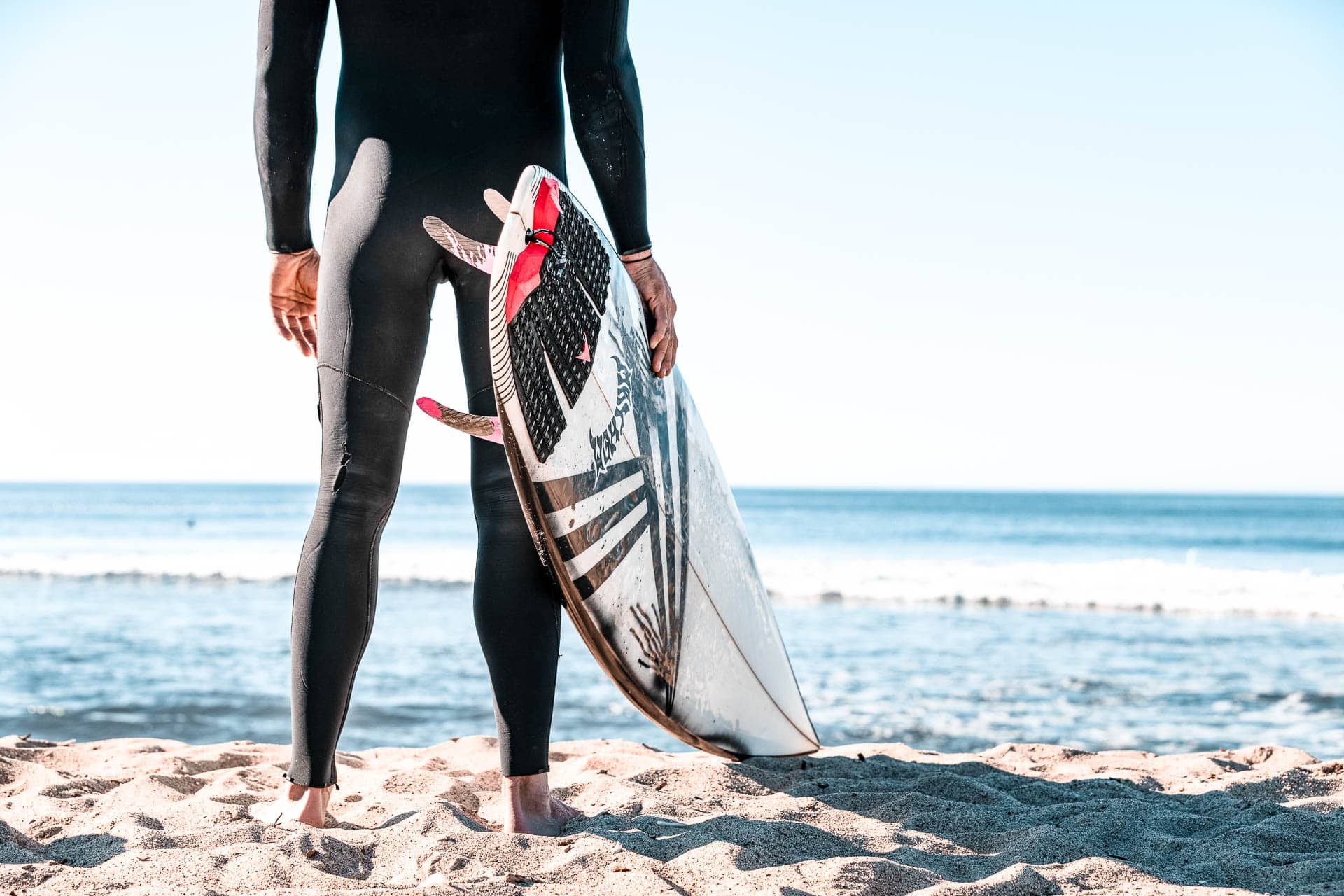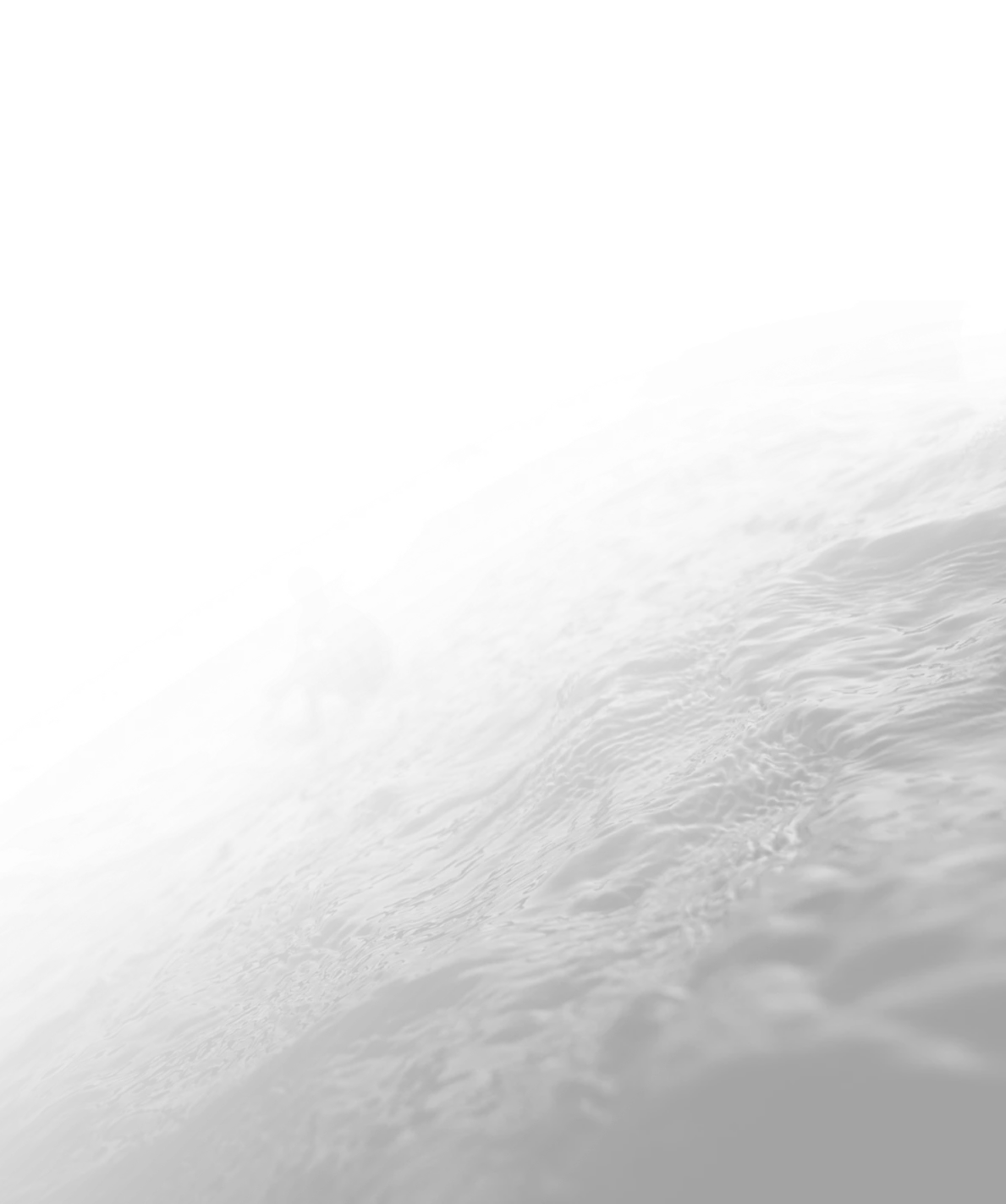Safety standards in surfing are crucial in ensuring the well-being of surfers and minimizing the risk of accidents and injuries. By implementing and adhering to these standards, surfers can enjoy their sport with greater peace of mind and confidence.
Proper safety measures and protocols are essential for protecting surfers from the potential dangers of the water and the surf environment. This includes wearing proper protective equipment, learning surf etiquette to avoid collisions and conflicts with other surfers, and being aware of their surroundings to avoid hazards such as rocks, reefs, and marine life.
By following safety standards, surfers can mitigate the risk of accidents and injuries, ultimately leading to a safer and more enjoyable surfing experience. Additionally, these standards help to promote a culture of responsibility and respect among surfers, creating a safer and more harmonious surfing community. Prioritizing safety in surfing is not only important for the individual surfer’s well-being but also for the overall integrity and sustainability of the sport.
Rapture Surfcamps’ Safety Standards
When it comes to surfing, safety is always a top priority. At Rapture Surfcamps, we take the safety of our guests very seriously. Our team is committed to providing a safe and secure environment for surfers of all levels. From professional instructors to top-of-the-line equipment, we ensure that every aspect of your surfing experience is held to the highest safety standards. With a focus on technique, proper equipment usage, and ocean awareness, we strive to create a worry-free and enjoyable environment for all of our guests. Whether you’re a beginner just learning the ropes or an experienced surfer looking to enhance your skills, you can trust that we have your safety in mind every step of the way.
Navigating challenging waves requires an advanced level of skill, as well as the ability to read and understand the ocean’s movements. Seasoned surfers are constantly on the lookout for more advanced surf spots, where they can test their abilities and push themselves to new limits. This search for the perfect wave often leads them to remote and less accessible locations, adding an element of adventure to their surfing experiences but can also raise safety concerns.
Honing specific skills such as aerial manoeuvres and barrel riding is a top priority as surfers progress. These techniques require precision, timing, and confidence in the water, and mastering them can take years of practice and dedication. Ocean knowledge is invaluable for seasoned surfers, as understanding wave patterns, tides, and local conditions is essential for finding the best waves and staying safe in the water.
How does Rapture Surfcamps ensure safety for its surfers?
Rapture Surf Camps is committed to ensuring the safety of advanced surfers through a combination of experienced instructors, appropriate equipment, and intimate knowledge of the local surf conditions. With a focus on providing a personalized experience for each surfer, Rapture’s team of highly skilled instructors prioritize safety by teaching advanced techniques, assessing surf conditions, and providing constant supervision in the water. Rapture’s advanced surfers also benefit from access to the latest surf equipment and technology, ensuring they have the tools necessary to take their surfing skills to the next level while staying safe in the process.
At Rapture Surfcamps, surf lessons are structured to cater to surfers of all levels and abilities. The duration of each lesson is typically around 2-3 hours, allowing plenty of time for instruction, practice, and feedback. The instructor-student ratio is kept small to ensure personalized attention and guidance, with typically one instructor for every 4-6 students.
The typical schedule for surf lessons includes morning and/or afternoon sessions, depending on the tides and conditions. In addition to surf lessons, Rapture Surfcamps may also offer additional activities such as yoga sessions, beach games, and cultural excursions to provide a well-rounded experience for guests.
Surfers Love Rapture Surfcamps
Techniques for Ensuring Safety While Surfing
When it comes to surfing safety, there are several key techniques that are taught to ensure a safe and enjoyable experience in the water. Proper paddling technique is essential for efficiently navigating through the waves and for getting out to the lineup without getting exhausted. Understanding how to read waves is crucial for assessing the best times to paddle out, as well as for identifying potential hazards. Maneuvering skills, such as being able to duck dive or turtle roll to avoid being caught in a wave, are also important for staying safe in the water.
It is crucial for surfers to know their limits and understand ocean currents and riptides. Being aware of your own abilities and knowing when it’s time to head back to shore can prevent accidents and exhaustion. Understanding how ocean currents and riptides work can also help surfers avoid dangerous situations and get back to shore safely.
Using the buddy system is another important aspect of surfing safety. Having a friend or fellow surfer with you in the water can provide assistance in case of an emergency. Wearing the appropriate safety equipment, such as a leash to keep the surfboard close and a life jacket for added buoyancy, is also crucial for reducing the risks associated with surfing.
Surfers of different abilities can find suitable levels at Rapture Surfcamps, with options for beginners, intermediate, and advanced surfers. Each level is designed to challenge and improve skills while providing a safe and enjoyable experience in the water.
Looking for surf lessons in Bali? Come surf with Rapture Surfcamps in Green Bowl and Padang Padang and be a part of a vibrant surfing community.
Book a stay with Rapture Surfcamps now!
FAQs
Always check weather and surf conditions before heading out. Start with beginner-friendly beaches and waves. Learn basic ocean awareness and surf etiquette. Use appropriate safety gear such as a leash and, if necessary, a life jacket. Take lessons from qualified instructors to learn proper techniques and safety protocols.
Knowing how to swim is crucial for surfers of all levels. Strong swimming skills are essential for handling wipeouts, currents, and unexpected situations. If you’re not a confident swimmer, consider improving your skills in a controlled environment before attempting to surf.
Remain calm and don’t panic. Don’t try to swim against the current; instead, swim parallel to the shore until you’re out of the current’s pull. If you can’t escape the current, float or tread water and signal for help.
Yes, surfing during storms or rough weather can be extremely dangerous due to strong winds, high waves, and unpredictable conditions. Increased risk of lightning strikes, strong currents, and debris in the water pose significant threats. It’s best to avoid surfing during severe weather conditions and adhere to weather advisories.
Warm up before surfing to prevent muscle strains and injuries. Use proper surfing techniques and be mindful of your surroundings to avoid collisions with other surfers or objects. Be cautious of shallow reefs, rocks, and sandbars. Wear appropriate protective gear, such as a wetsuit and sunscreen, to protect against sunburn and abrasions.
Yes, knowing and respecting local surfing regulations and etiquette is essential for your safety and the safety of others. Familiarize yourself with rules regarding surfing zones, right of way, and priority in the lineup. Respect other surfers, local residents, and the natural environment.
Stay informed about current surf conditions, including wave height, tide, and wind direction. Adjust your equipment and surfing approach accordingly based on the conditions. Continuously improve your skills through practice and learning from experienced surfers.
Stay calm and assess the situation. If necessary, signal for help or alert nearby lifeguards or authorities. If you’re a confident swimmer and it’s safe to do so, provide assistance following proper rescue techniques. Don’t put yourself in unnecessary danger; prioritize your safety while helping others.


